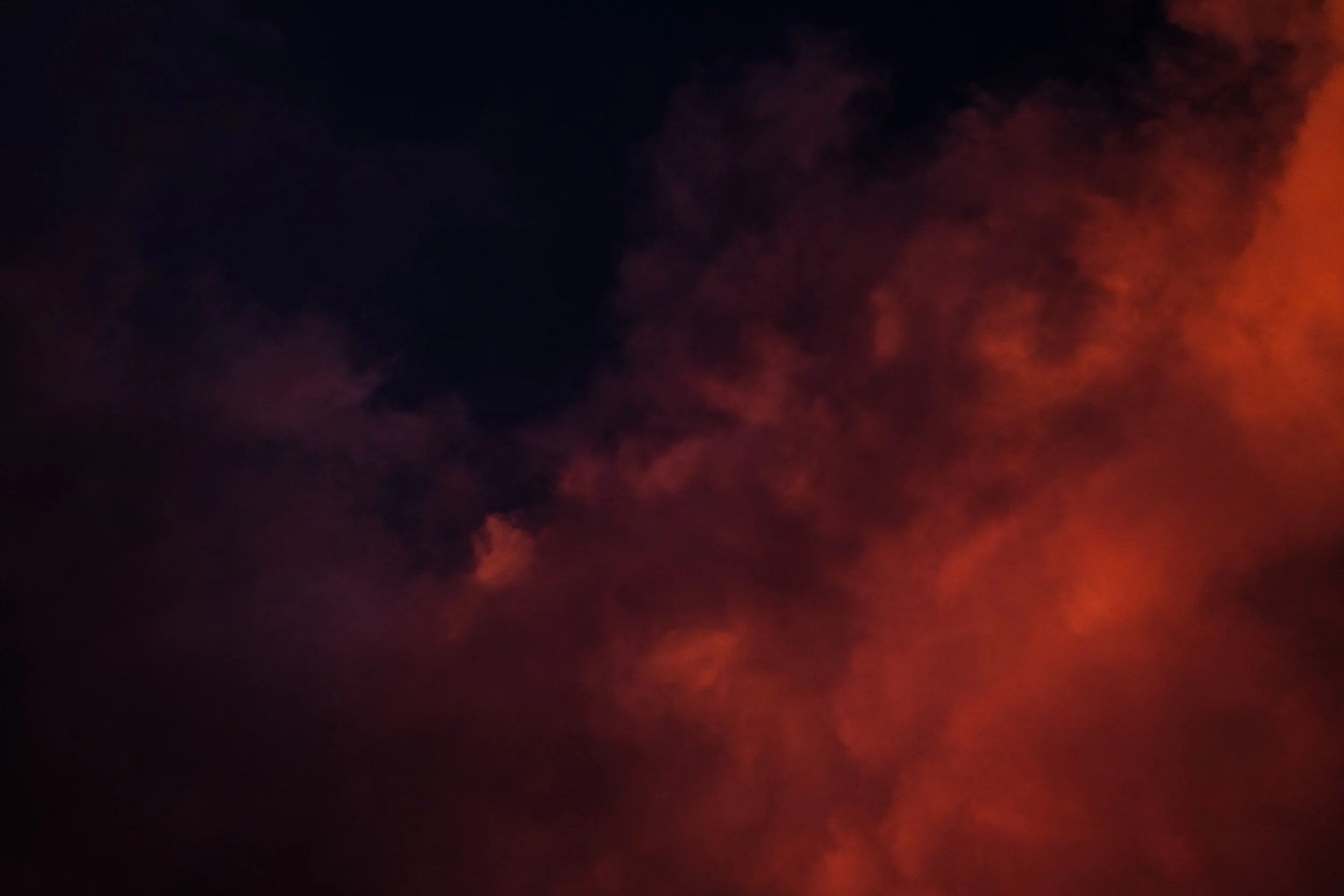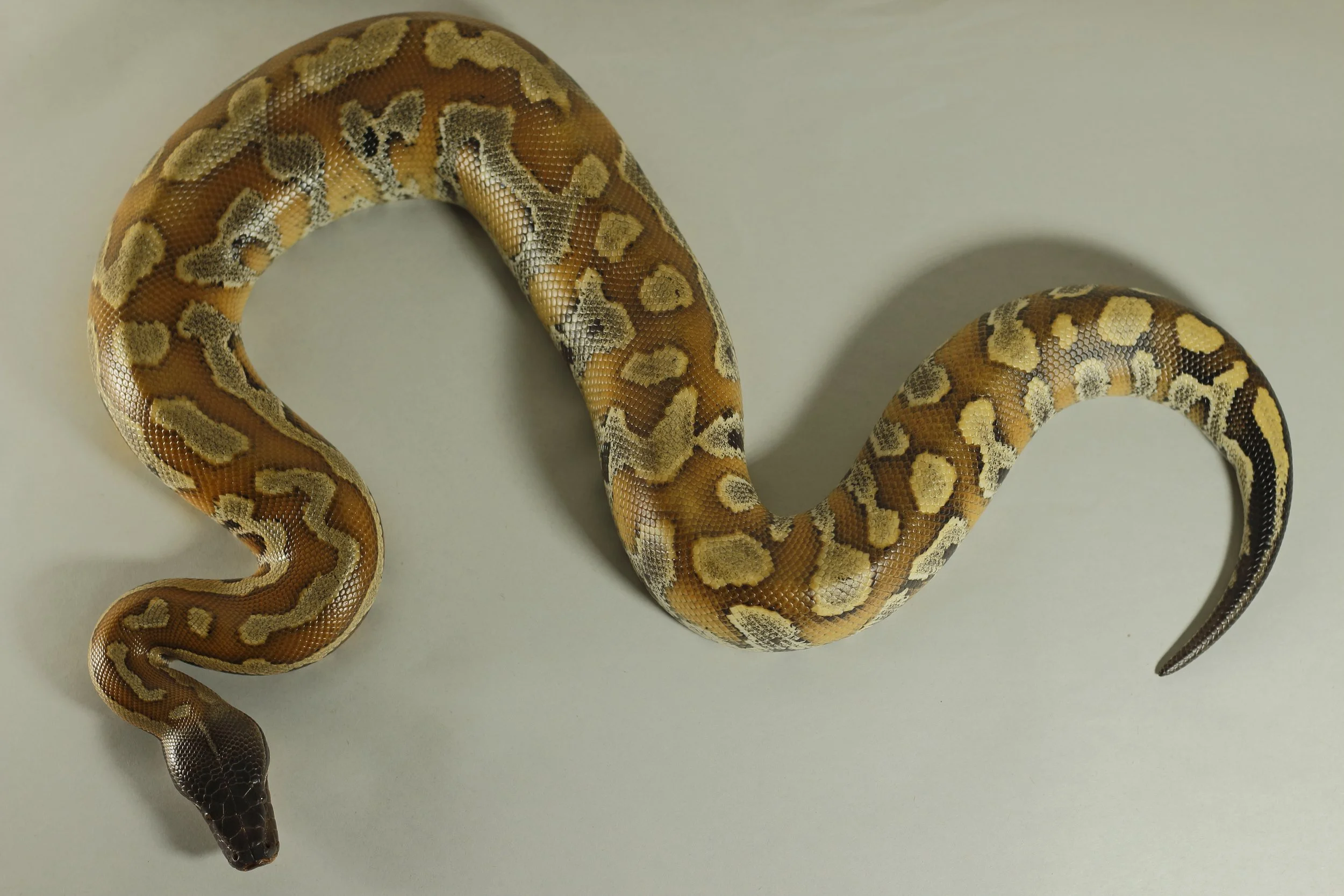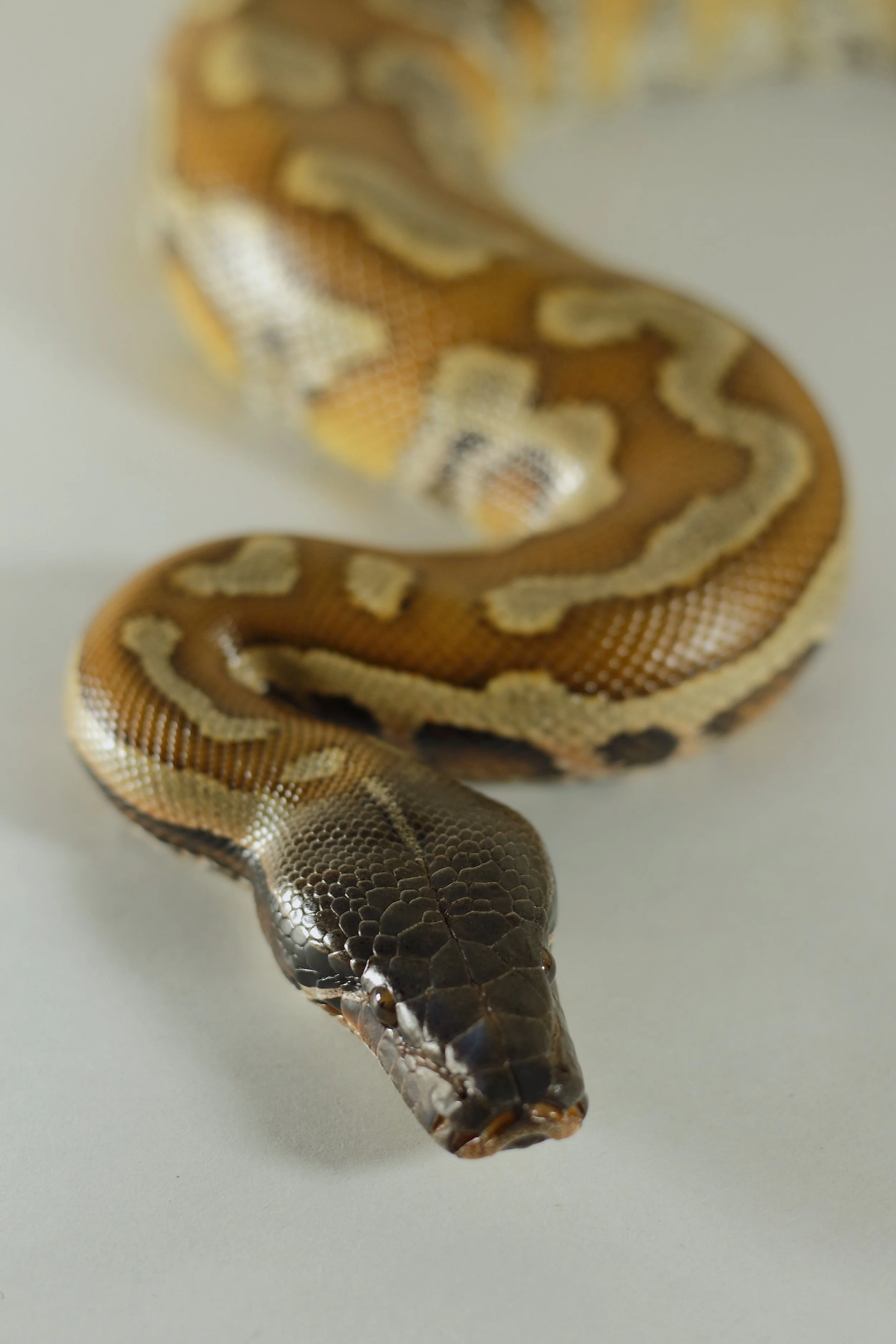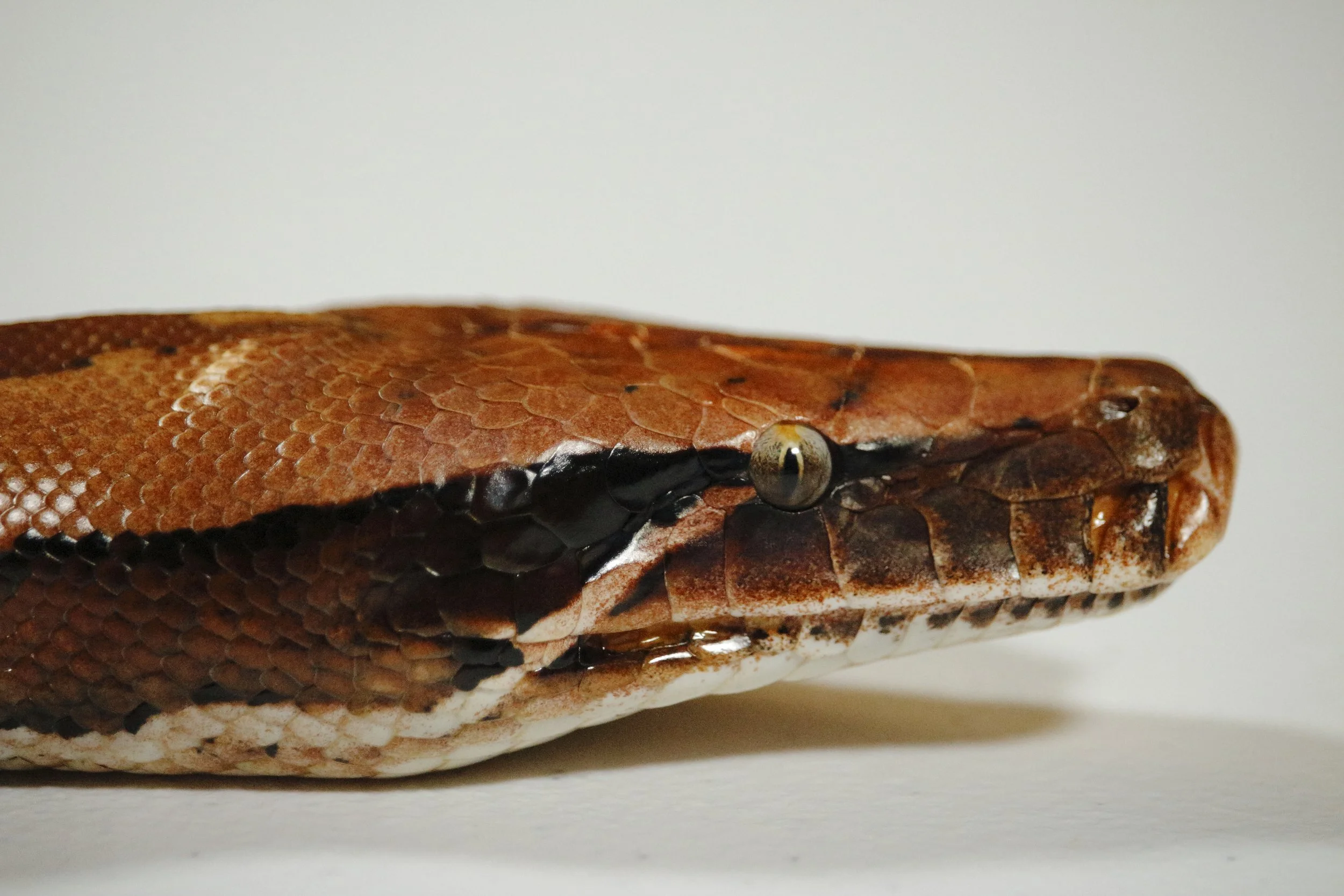After many years of mystery, we can finally shed some light on the darkness. We’ve made significant progress collecting valuable data over the past two years, and it is exciting to share what we’ve discovered so far regarding the Blackeye gene.
As a brief introduction, the original Blackeye originated spontaneously in Denmark when Jesper Lund paired an Ivory with a Goldeneye (both parents had normal-looking eyes). Only one Matrix was born with solid black eyes. Later, Graham Battison imported that Blackeye Matrix to the UK, proving it to be a separate inheritable trait.
We now strongly believe the Blackeye is an incomplete dominant mutation with a possible Super form that still needs to be proven to confirm our findings. Back in 2021, I was able to acquire one of the few female Blackeyes available from Graham’s offspring, and in 2024, she laid a clutch of eggs that I believe was a parthenogenetic clutch (based on the results). This clutch gave us what appeared to be a Super Blackeye. Unfortunately, the entire clutch was a trainwreck (as most parthenogenetic clutches are), and we lost all the babies. However, the information obtained from that breeding attempt was extremely valuable.
I’m thrilled to push the project forward this year, and I hope to return soon with exciting news about the Blackeye gene.
To read the full article about the possible Super blackeye, click here.








